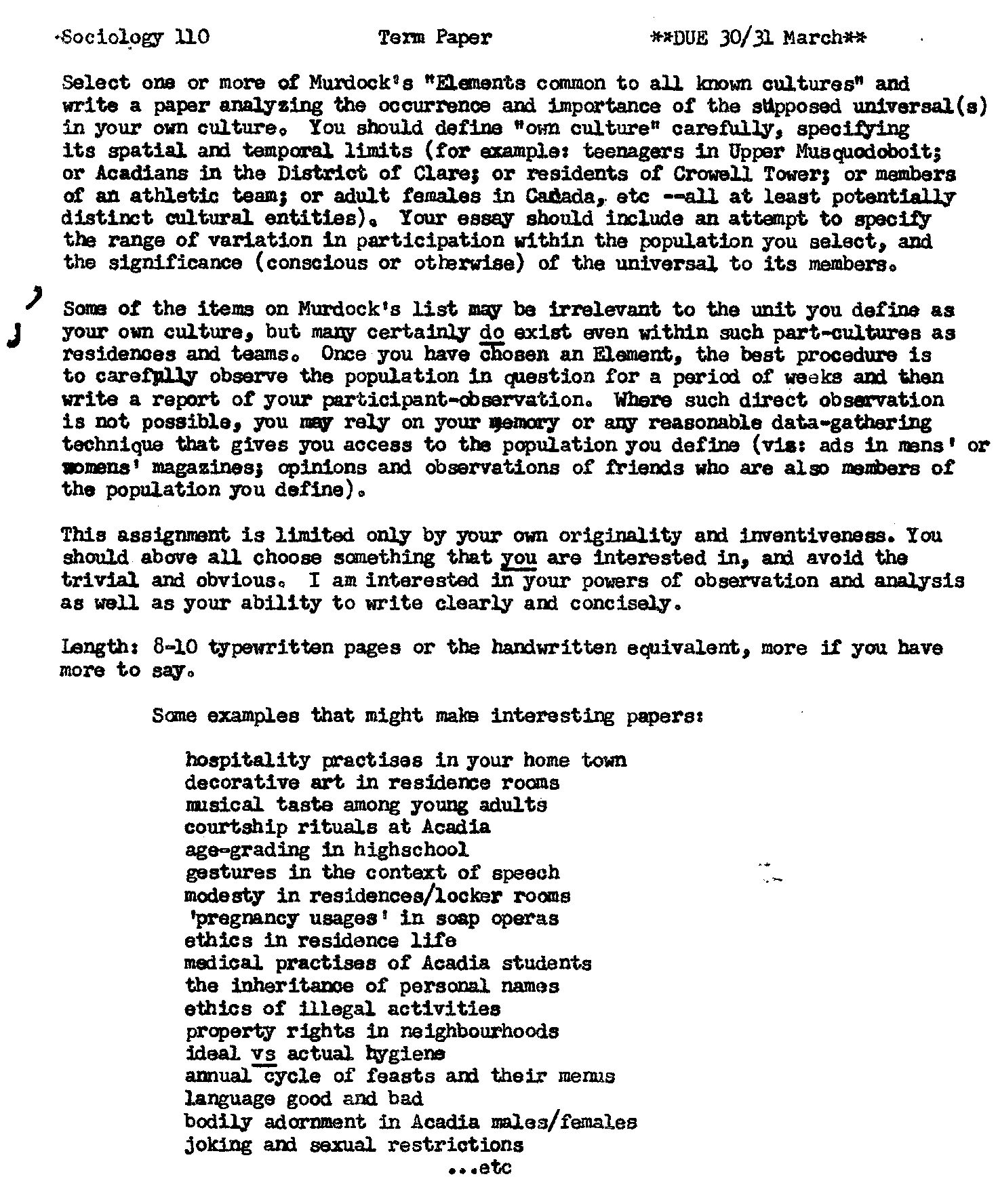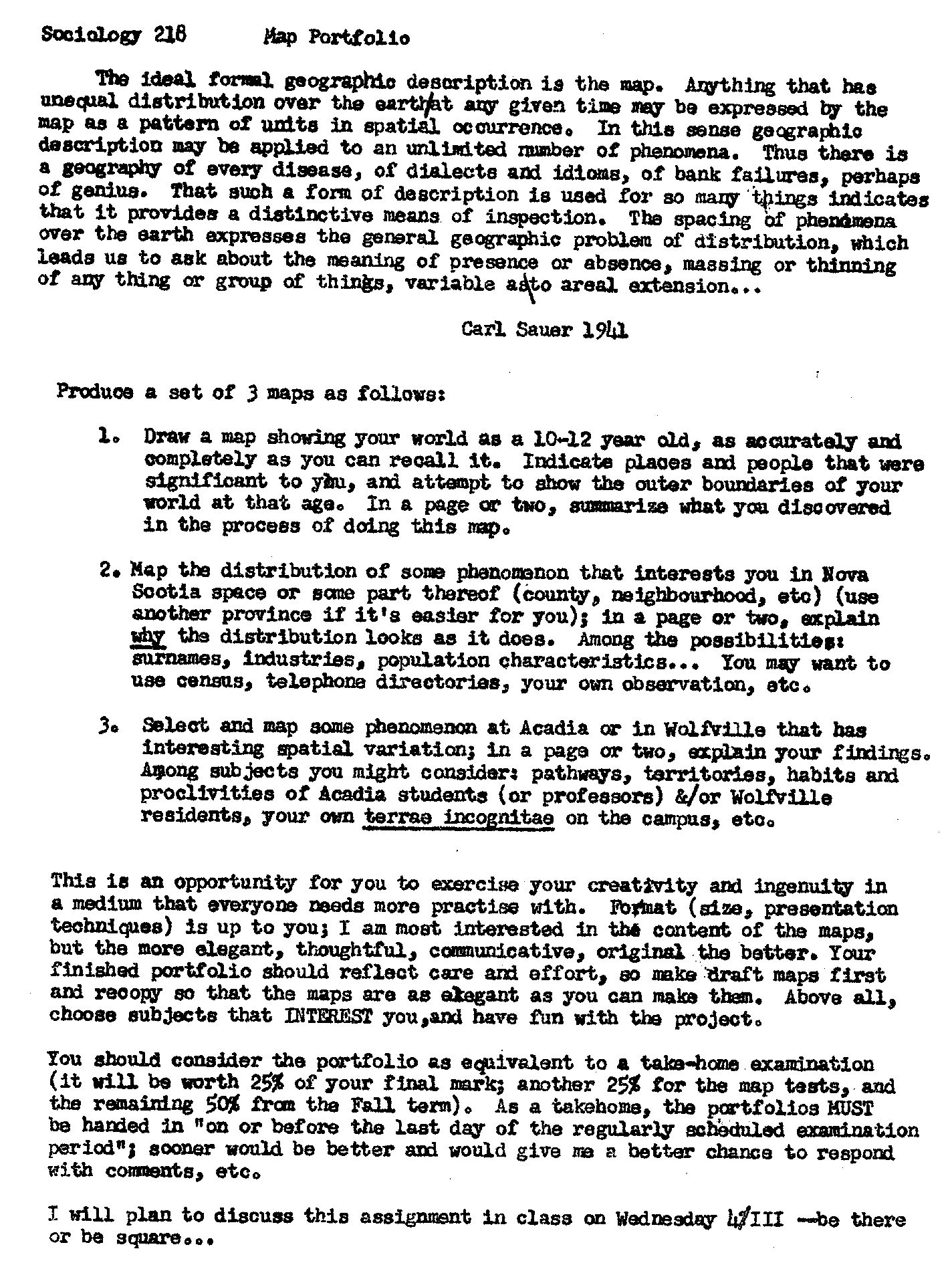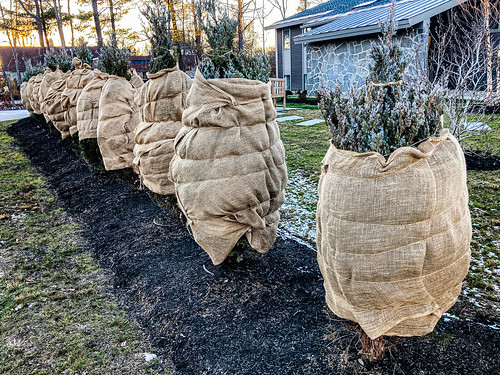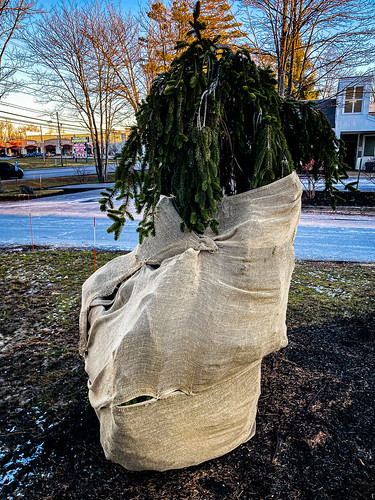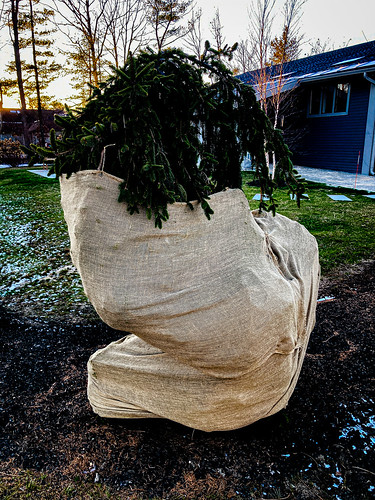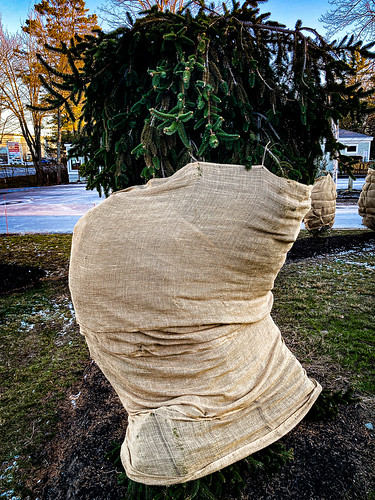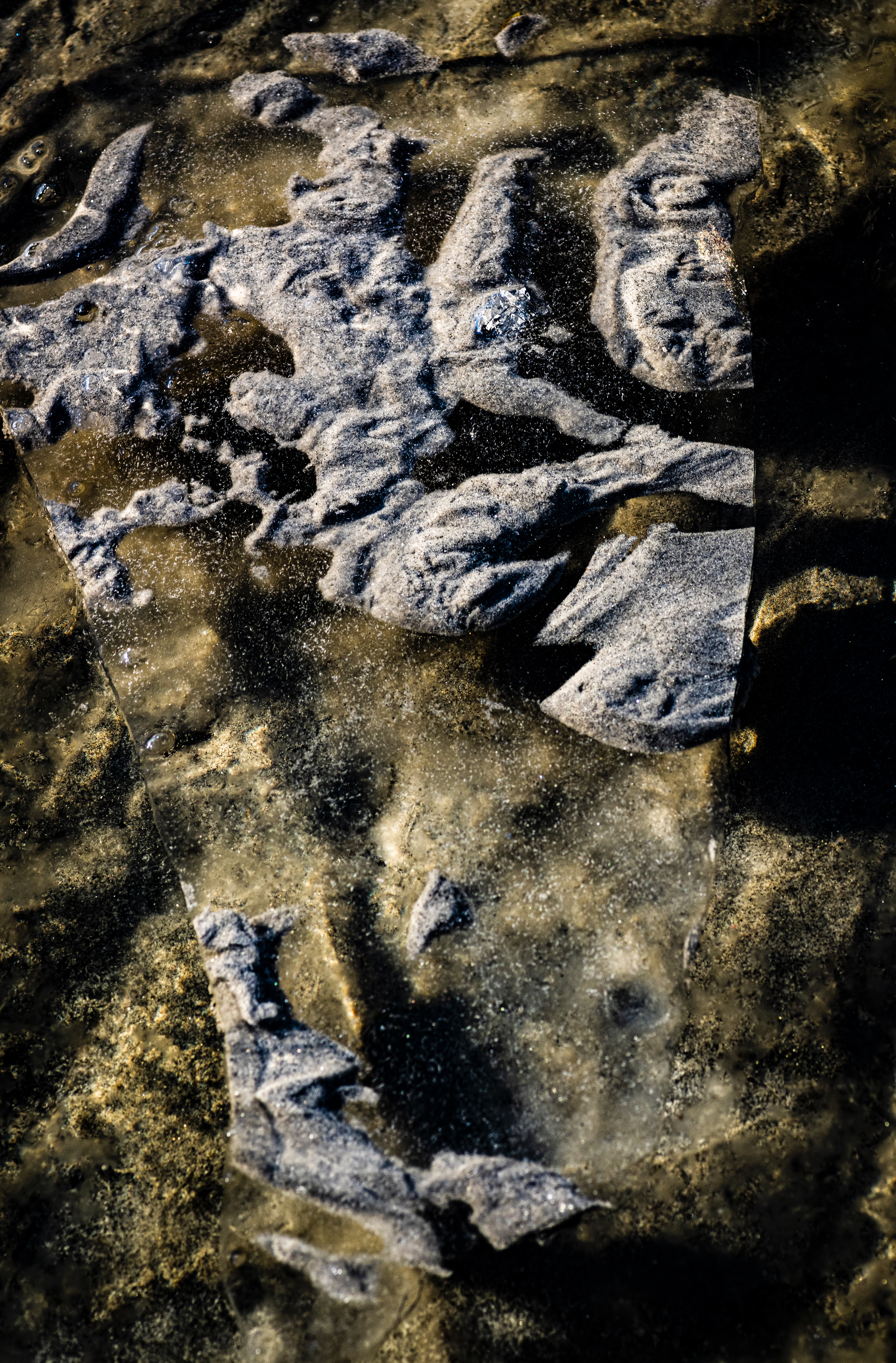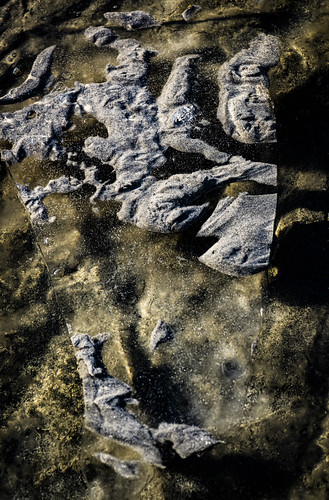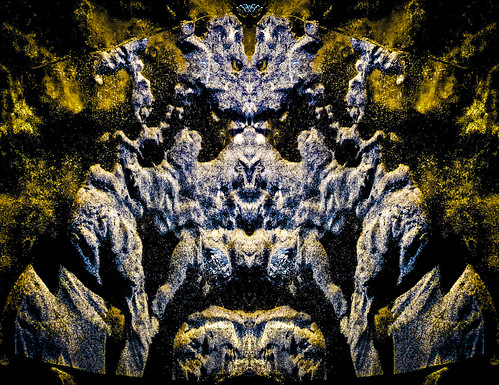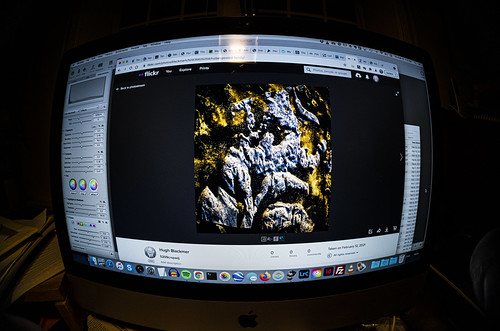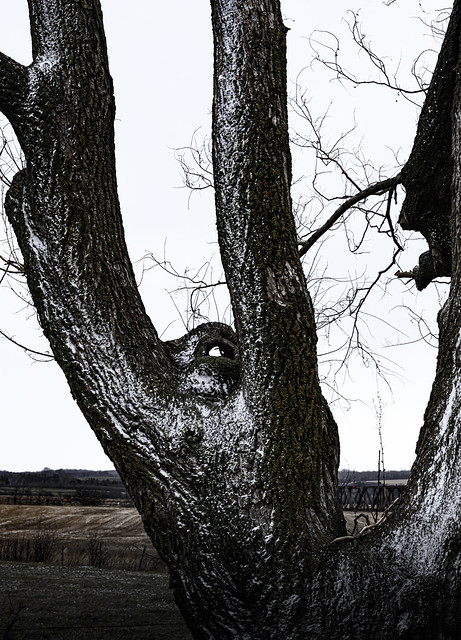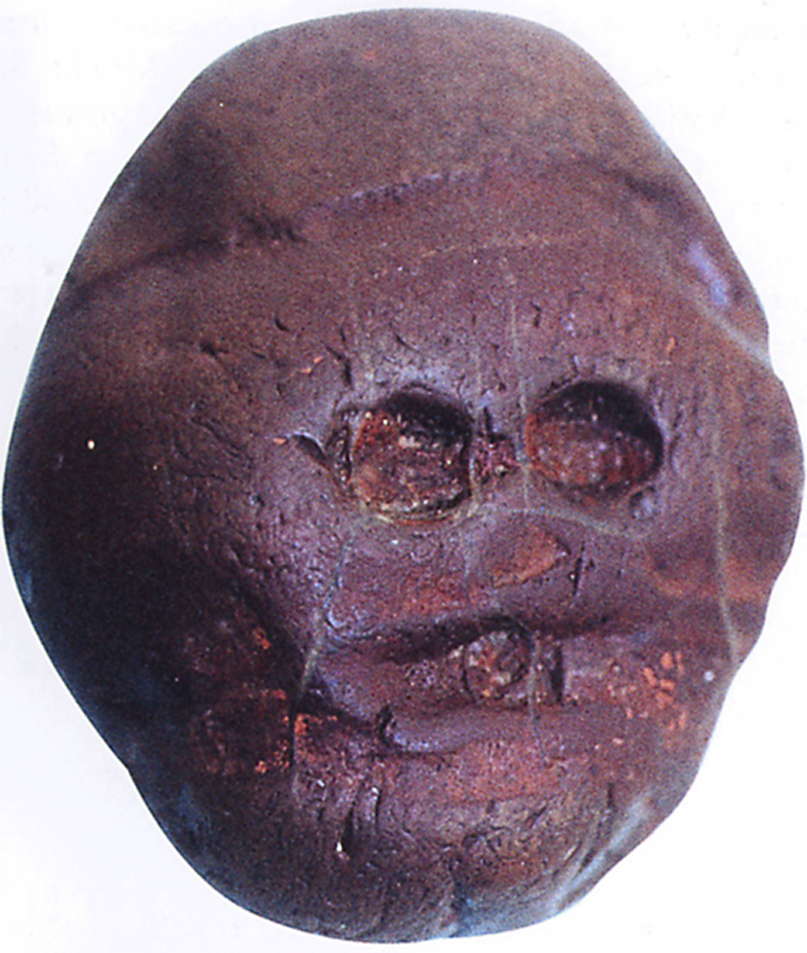This post may be tl;dr for some, but seems a necessary attempt at summary for me, and may be useful to other Convivium participants who might still be puzzling over things I invoked in last week’s bout
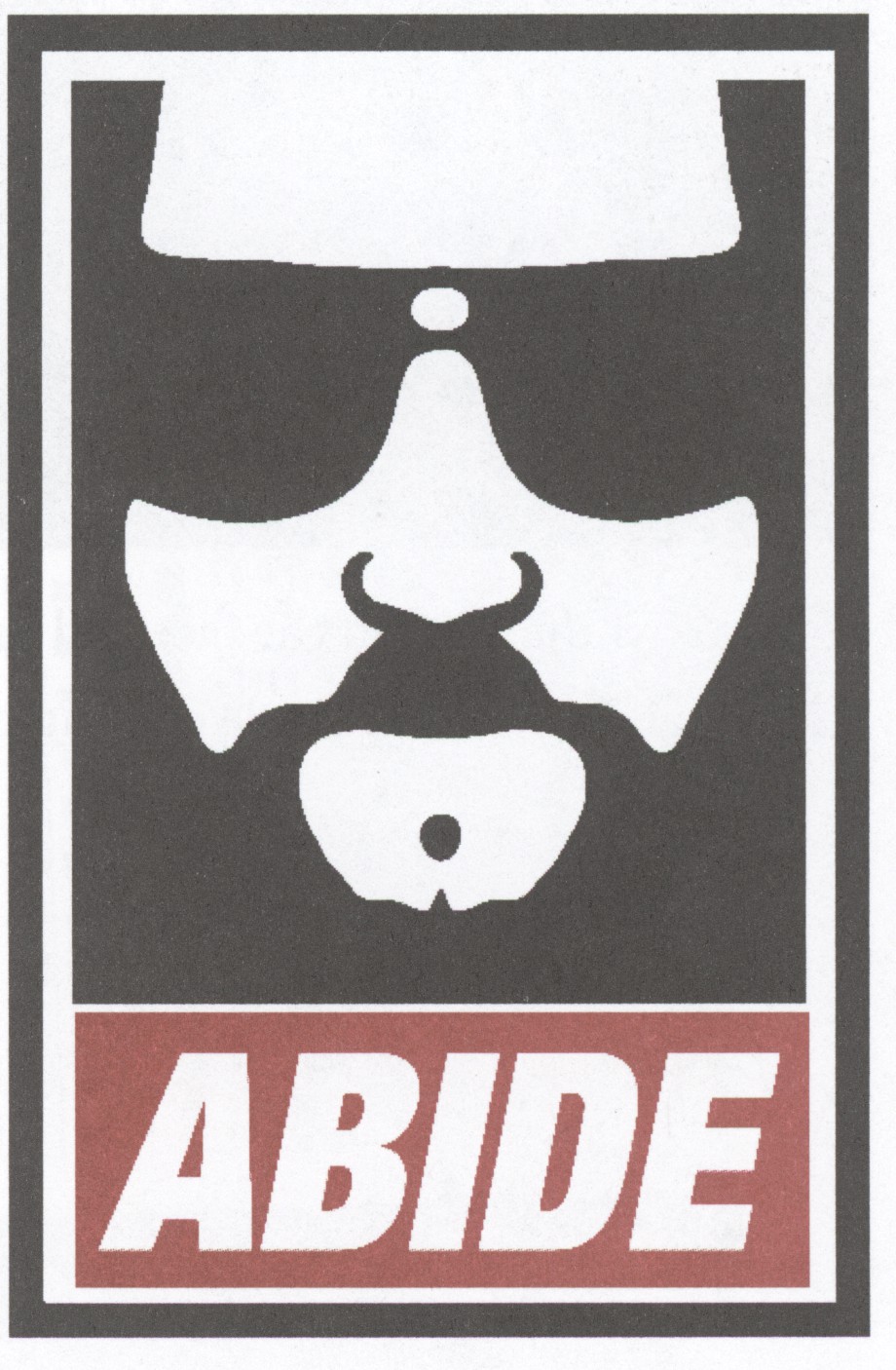
Yesterday Betsy asked what did I mean in citing “the Dude abides” in answer to her “no-self” citation of the Diamond Sutra, in the continuing discussion over personal response to the question of how we severally think about
The Big Picture. I fumbled an explanation along the lines of
Here I am, I’m doing what I do and further cited the Kurt Vonnegut tagline “and so it goes…”. Unsatisfactory, and ever since I’ve been thinking about how to explain more fully.
Here’s how one explicator of the Vonnegut quote puts it: “the inexorable universe doesn’t care one whit about our lives and it’s up to us to make of them what we will… it’s just me and my mind making things up.”
(“And so it goes” appears more than 100 times in Slaughterhouse 5, each a reflection on a death observed.)
My impulse to make light of serious things, to resort to the cynical and sardonic, to voice extreme sentiments that exaggerate what I actually believe … is sometimes baffling and even hurtful to others, or at least confusing. This wants explication.
Perhaps I should be asking: whom do I really Respect and why and how? Kurt Vonnegut would be pretty high on the list, and his Wampeters, Foma & Granfalloons would be a primary text, hot stuff from its very first pages and a distillation of his thoughts on self and writings. If you’re not already familiar with the titular terminology, Vonnegut explains:
A wampeter is an object around which the lives of many otherwise unrelated people may revolve. The Holy Grail would be a case in point. Foma are harmless untruths, intended to comfort simple souls. An example: “Prosperity is just around the corner.” A granfalloon is a proud and meaningless association of human beings… [a college class, viz. Harvard 1965, would exemplify]
I have a long history of wee-hours pondering, in which I’m awake at 3 AM, thinking in words and phrases that evaporate like dreams unless I arise and write them down. This morning’s iteration was spawned by the “the Dude abides” showstopper from this week’s Convivium—in which I said something that the others found Delphic, impenetrable, completely off the wall… being, as they were, unfamiliar with the allusion to The Big Lebowski, and thus completely at a loss to know what I meant. The 3 AM phrase that got me up and writing was a characterization of my state of mind in alluding to “the Dude abides” as my take on the Big Picture and how to characterize it:
frivolous, flippant, profane
and I soon added ‘transgressive’ to those three.
So now, a few hours later, I’m trying to unpack all of that, explain it to myself and perhaps to others, and make sense of the incident… which will take us pretty far afield, for who knows what constructive purpose.
The Wednesday evening Convivium sessions (these days conducted over Zoom) are, so it seems to me, opportunities for 4-5-6 of us to explore how we see, interrogate, and experience the world… which may not be what my interlocutors think/perceive/wish. Generally they seem to me to be of the Spirit and the spiritual to a greater degree than I think I am. I have a pretty agnostic view of Spirit and spiritual for myself, but am thoroughly willing (I hope, or maybe wish) to cut others slack in their own conceptions and practices.
As I’ve said rather tiresomely, I take refuge in projects and explorations, defined by a lifetime of exploring edges and interstices, of finding the joke and exploring the significance of the preposterous. There: ‘exploring’ 3 times in one sentence. It’s what I do. Why, and whither, and whence I only barely understand. Occasionally I encounter others of similar proclivities, and some of those have been lifelong friends.
For many years (at least since the late 1960s) I’ve considered that I was engaged in Nacirema and Naidanac studies, which specialty is ultimately inspired by Horace Miner’s Body Ritual among the Nacirema (American Anthropologist 1956).
…According to Nacirema mythology, their nation was originated by a culture hero, Notgnihsaw, who is otherwise known for two great feats of strength – the throwing of a piece of wampum across the river Pa-To-Mac and the chopping down of a cherry tree in which the Spirit of Truth resided…
The documents of this backwater of anthropology include many films that could only be American (there are films that could only be English, or Swedish, or French, etc.—that have contents and characters that simply are not thinkable as American). Translation across cultural boundaries is perilous, as exemplified by [perhaps] well-meaning efforts to translate dialog. Yesterday I watched The Big Lebowski with French subtitles, which obscured about 90% of the humor as it would be appreciated by a native speaker. “Dude” is glossed as “Mec”, for example…
So the immediate problem is to explicate what I see in The Big Lebowski, why I regard it as “one of the best…”, why I’m gobsmacked that everybody doesn’t know it for the cultural icon I believe it to be, and so eventually to arrive at why I cited “the Dude abides” as my own take on elements of The Big Picture. I do have to recognize that some of this is, as we say, non-transitive—it may not be explicable/understandable to others, and my take may reduce in their perception to another example of oook’s frivolous, flippant, profane stance toward the sublime and numinous, toward what really matters. So it goes, to invoke Vonnegut again.
I think a substantial element in my Umwelt (“self-centered world”—a coinage of Jakob von Uexcüll [1909]: “the small subset of the world that an animal is able to detect“) arose from/in California 1956-1961. Just how might be discoverable via introspection, but the details are for another time. The notion that fictional characters in literature, in films, in songs, in visual imagery can encode and express verities is surely at the core of what California taught me in those years, and is obviously the bedrock of the movie industry. The Sam Elliott character who NARRATES The Big Lebowski is obviously a necessary/essential fabrication; and the Dude may be, as Sam Elliott says, “a man for his time and place”… We enter a world of total fantasy, populated by preposterous characters who nonetheless REFLECT realities we recognize as possible, plausible. Walter Sobchak is a Type; Maudie and the Big Lebowski himself and the other goofballs who populate the film are not without some relation to reality. Or Reality. Julianne Moore [Maude Lebowski] puts it thus:
I feel like we all kind of know people like the Dude, or have known people like the Dude in our lives, this whole idea that the Dude abides. He’s always there, always doing his thing. There is something about him that is straightforward and honest, and he is who he is. And he’s hung onto that, you know? He hasn’t been deterred by time changing.
(I’m a Lebowski, You’re a Lebowski: Life, The Big Lebowski, and what have you, pg 40)
It’s the preposterous that makes the film memorable, that captures our attention in every scene. NB other books: The Abide Guide: Living Like Lebowski, The Dude De Ching: New Annotated Edition, and The Tao of the Dude: Awesome Insights of Deep Dudes from Lao Tzu to Lebowski, all by by Oliver Benjamin…
But would I read the film in that way if I hadn’t been transported from New England sensibilities in 1956, at age 13, and immersed in Southern California for the next 5 years? And if I hadn’t spent another formative 5 years in the Bay Area, 1967-1972?
